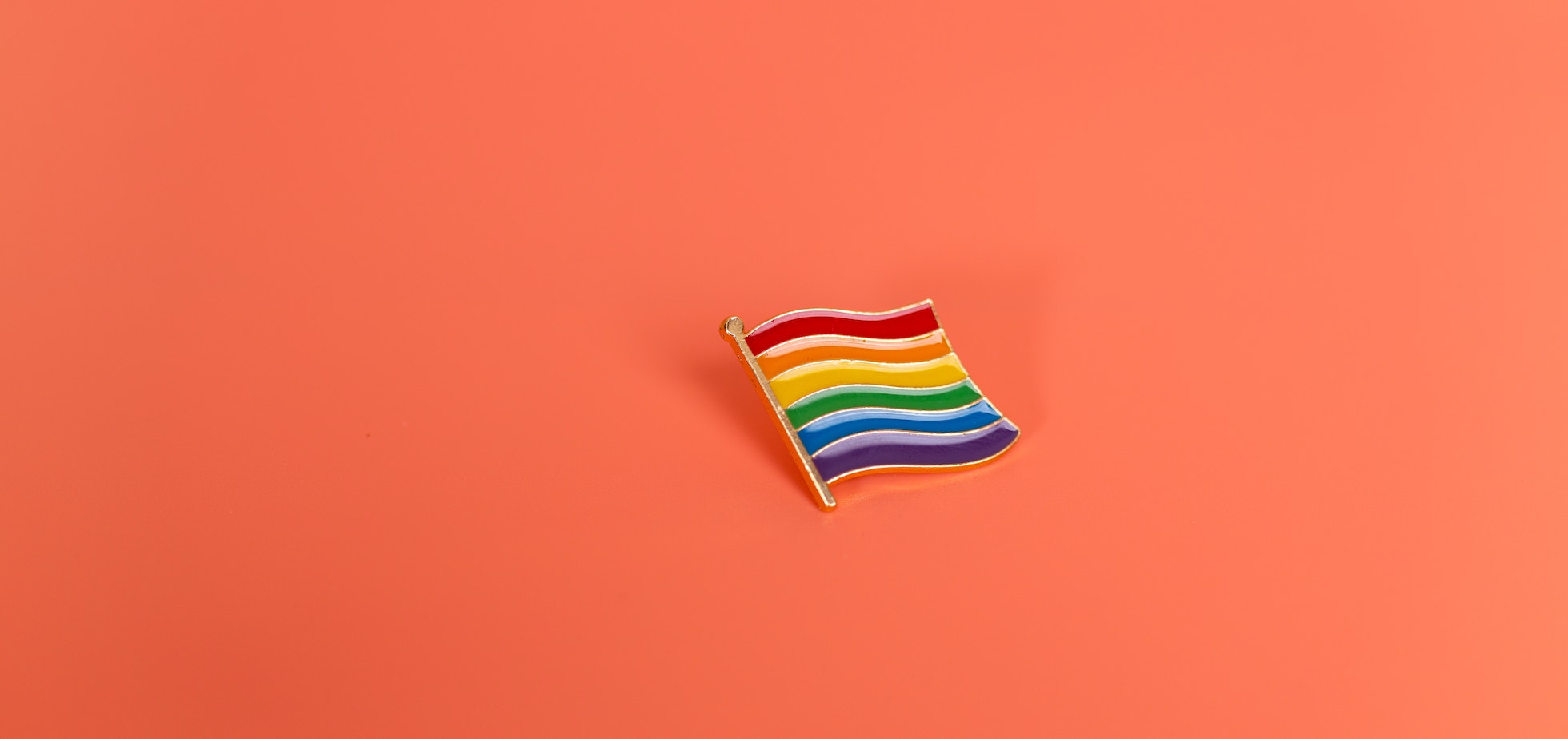You Would Be Expressing a “Stereotype” If You
We’ve all heard them before. Those broad, sweeping statements that attempt to categorize or define groups of people. They’re called stereotypes, and they’re more common than you might think. From the belief that all Americans are loud and obnoxious, to the idea that all British people have bad teeth, we’re constantly bombarded with these generalized ideas.
But what exactly is a stereotype? In the simplest terms, it’s a widely held but fixed and oversimplified image or idea of a particular type of person or thing. It’s the assumption that because someone belongs to a certain group, they must possess specific characteristics.
However, it’s essential to understand that stereotypes can be harmful and misleading. They can lead to unfair judgments and discrimination, and they rarely reflect the full truth of an individual or a group. So, before you make a blanket statement about someone based on their nationality, race, or occupation, remember that you’re engaging in stereotyping.
Addressing Stereotypes: Are You Guilty?
At some point, everyone’s guilty of stereotyping. You’d be expressing a stereotype if you assume all tech nerds have poor social skills or all athletes lack intellectual prowess. It’s a common pitfall we fall into without realizing it.
The key to combating this is understanding. Recognizing that we’re prone to stereotyping is the first step in mitigating its impacts. It’s crucial to:
- Remain aware of our biases.
- Challenge our preconceived notions.
- Encourage diversity and inclusion.
It’s not about guilt-tripping yourself every time you catch yourself stereotyping. It’s about continuous learning and self-improvement. It’s about making a conscious effort to see people as individuals, not as part of a monolithic group.
In the end, stereotype or not, it’s our actions that define us. And it’s in our actions where we have the power to change. Stereotypes won’t disappear overnight, but with effort and understanding, we can start to chip away at them.
Remember, stereotypes are just that: stereotypes. They’re oversimplified, often incorrect, and rarely tell the whole story about a person or a group. Breaking free from them isn’t just about being politically correct; it’s about enriching our understanding of the world and becoming better human beings.
So next time you catch yourself saying, “Well, you know how those people are…” stop and ask yourself, “Do I really?” Chances are, there’s more to the story than you’re giving it credit for 
Understanding Stereotypes: What Are They?
Stereotypes are like mental shortcuts. You take a complex individual, group, or concept, and simplify it down to a few key traits. It’s a way to quickly make sense of the world but the trouble is, it’s often incorrect and misleading. For example, you would be expressing a stereotype if you assumed that all teenagers are rebellious, or all elderly people are frail.
Stereotypes can be about any group – be it based on race, gender, nationality, age, occupation, and so on. They can be positive, negative, or neutral. However, even positive stereotypes can be harmful as they create unrealistic expectations and pressure.
It’s crucial to remember, stereotypes are not factual representations of reality. They’re generalized assumptions and often fail to acknowledge the diversity and individuality within groups. Believe it or not, stereotypes can shape our perceptions and attitudes, and even influence our decisions and behavior.
In order to combat stereotypes, it’s necessary to recognize our own biases and challenge our preconceived notions. Encouraging diversity and inclusion, seeing people as individuals rather than part of a monolithic group is the way forward. Breaking free from stereotypes not only enriches our understanding of the world but also helps us become better human beings.
So next time you catch yourself making a generalized statement, pause and reflect. Ask yourself if you’re basing your thoughts on facts or stereotypes. Remember, every person is a unique individual with their own set of characteristics and experiences. Stereotypes, in reality, do not tell the whole story about a person or a group.
The Consequences of Stereotyping: Harmful Effects
Stereotyping isn’t just about oversimplifying or labeling groups. It carries real-world consequences and harmful effects. Believing stereotypes can lead to unfair judgements and discriminatory behavior. For instance, you’d be expressing a stereotype if you assume someone’s capabilities or characteristics based on their race, gender, religion, or any other group they belong to.
- The harm of stereotypes isn’t limited to the targeted group. It’s a societal issue that encourages division and misunderstanding among us. Stereotypes create a barrier to empathy and understanding, hindering meaningful human connections.
- Furthermore, stereotypes limit individuals, confining them to predefined boxes based on their group’s perceived characteristics. This can lead to decreased self-esteem, increased stress, and a sense of being misunderstood or misrepresented.
- Stereotypes can also lead to systemic bias, influencing policies and decisions that affect entire groups. This can result in unequal opportunities and unjust treatment.
Understanding the harmful effects of stereotypes is a critical step to combat them. It’s not enough to know that you’d be expressing a stereotype if you make assumptions about groups. We must actively strive to see people as individuals, not just members of a group. The next section will delve into strategies to break free from the confines of stereotyping.
It’s clear that stereotypes can cause real harm and create division. They box people in, diminish self-esteem, and ramp up stress levels. Worse still, they can lead to systemic bias and unequal opportunities. But there’s hope. By recognizing and understanding the harmful effects of stereotypes, we can start to fight back.Self-reflection is crucial here. It helps us see how stereotypes sway our actions and decisions. It’s all about awareness. This is the first step towards challenging biases and building a society that’s inclusive and understanding.
Let’s not forget the importance of education. By learning about the harmful effects of stereotypes, we can challenge our assumptions and champion diversity and inclusion. Remember, every person is unique and can’t be defined by a single characteristic or group.
By debunking stereotypes and challenging our assumptions, we can start to see people as individuals. This will create a more understanding and inclusive society. So let’s break free from stereotypes and embrace the diversity that makes us all unique.


